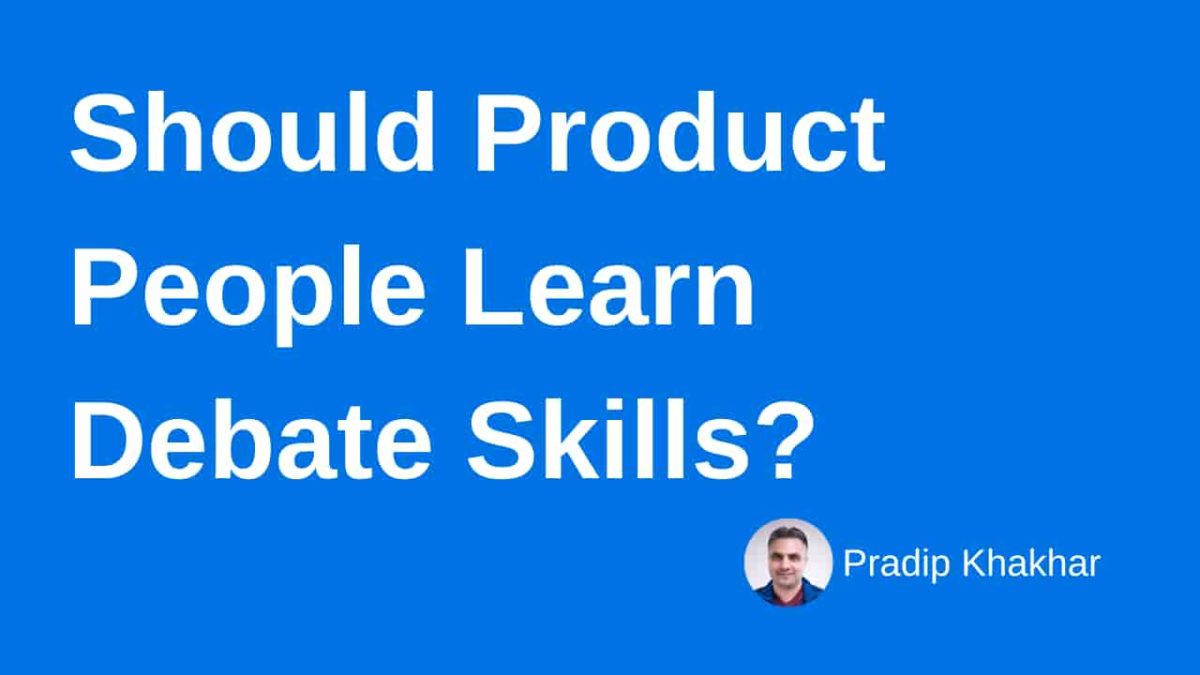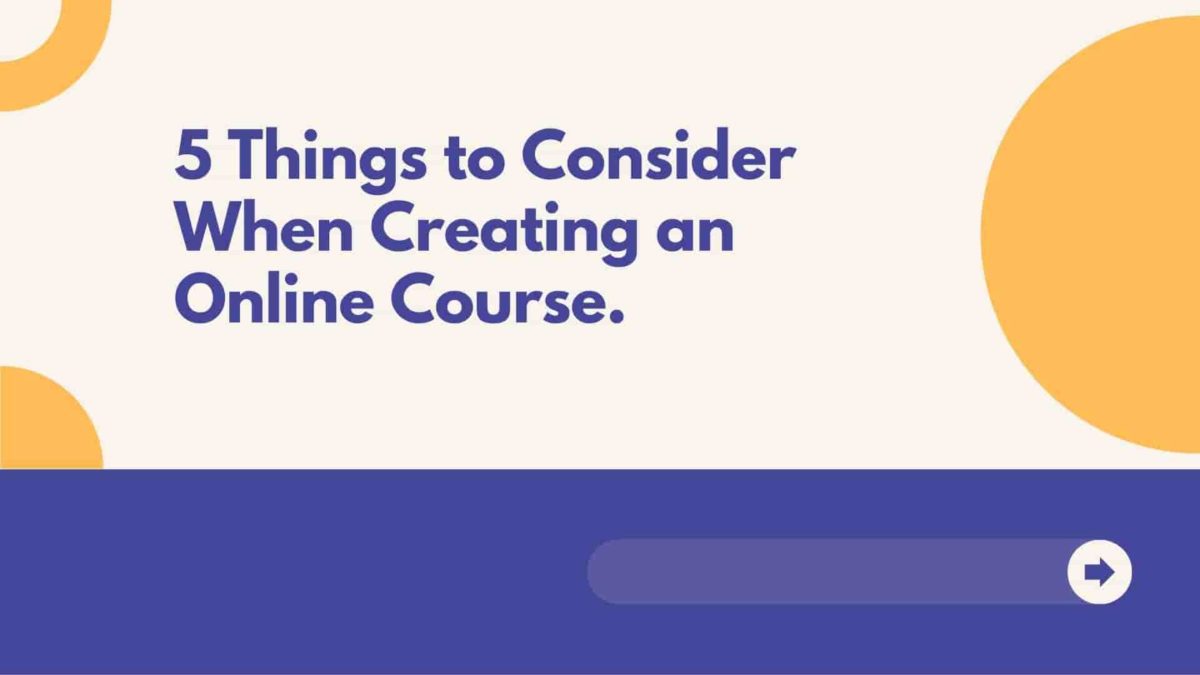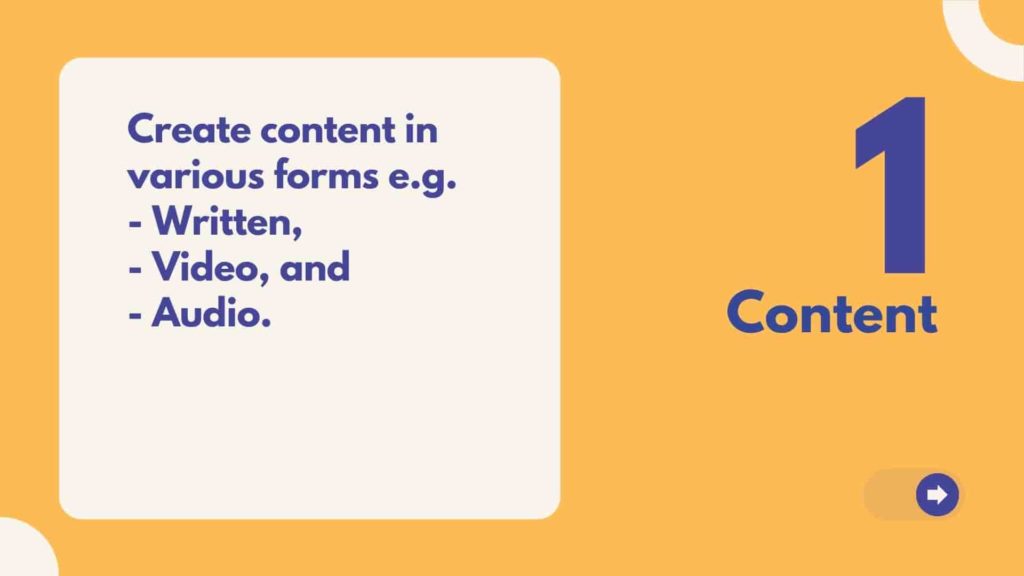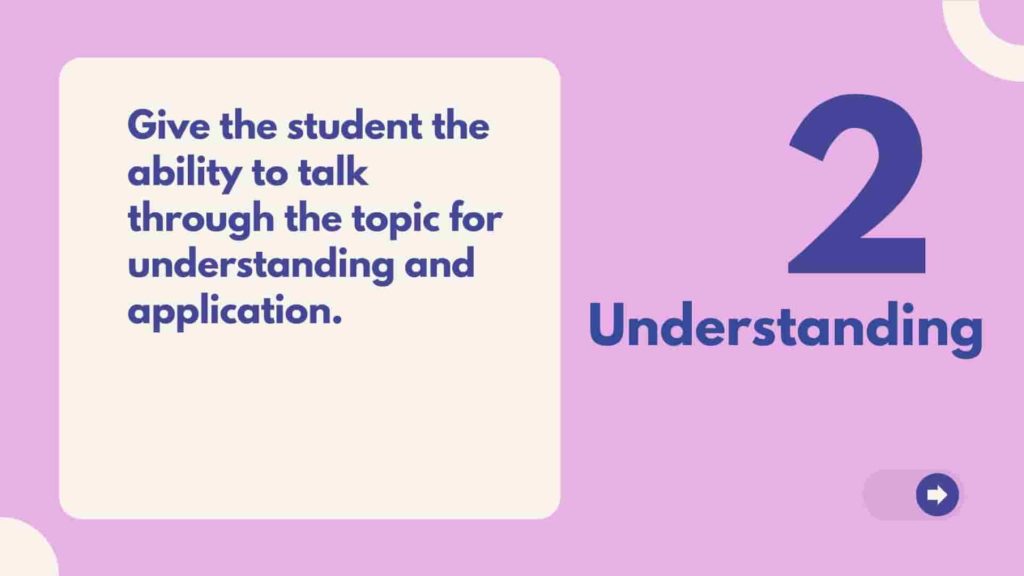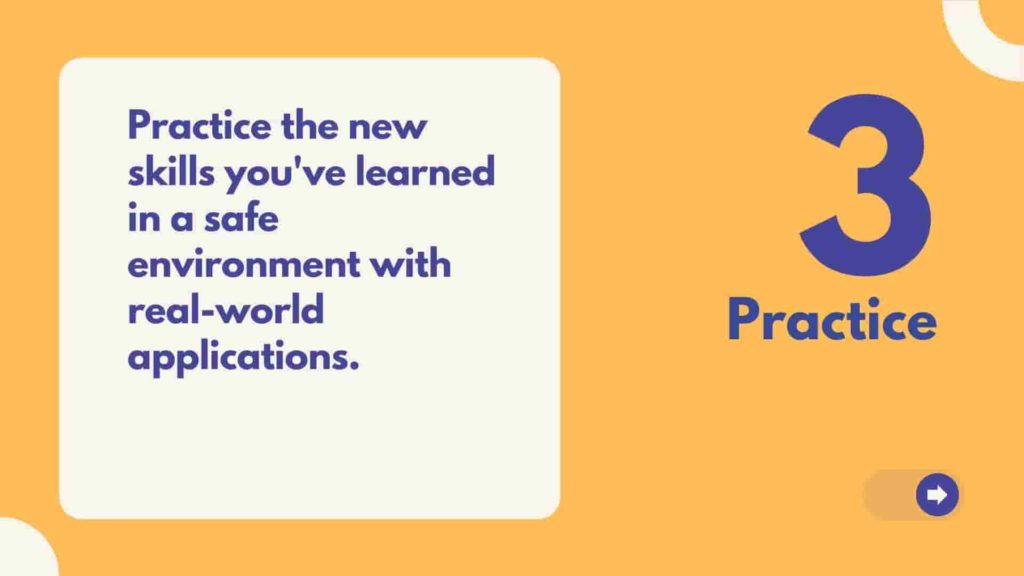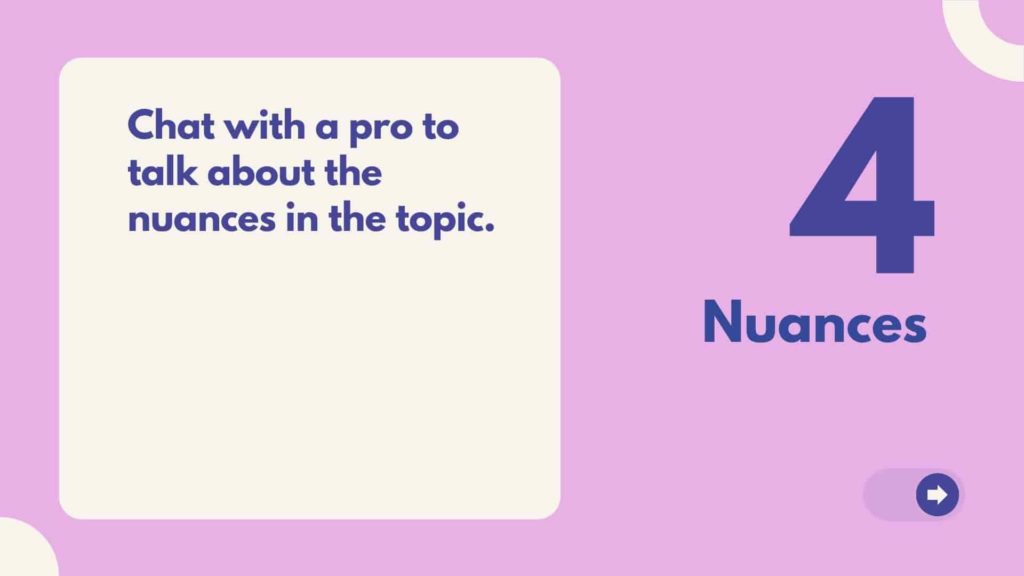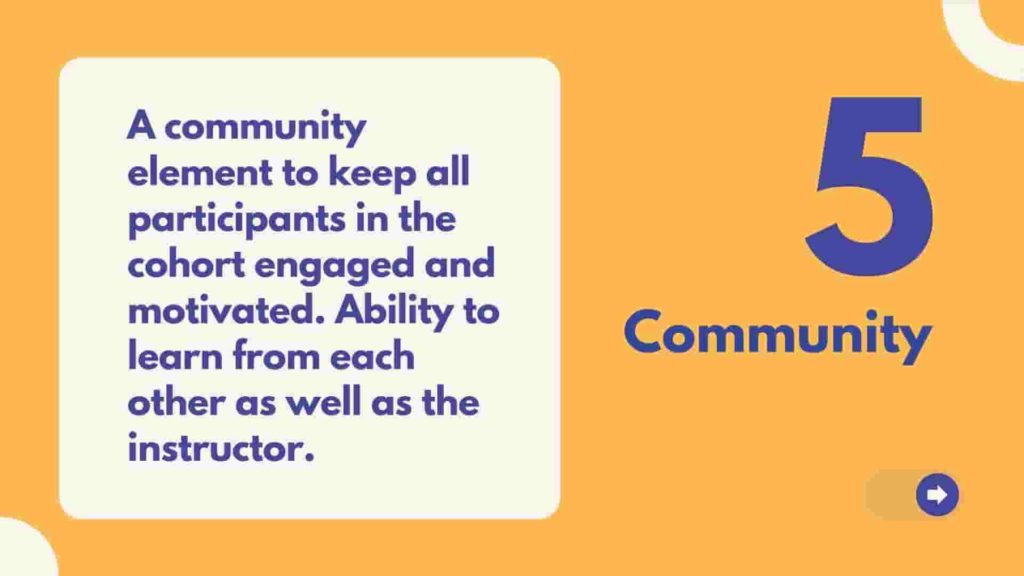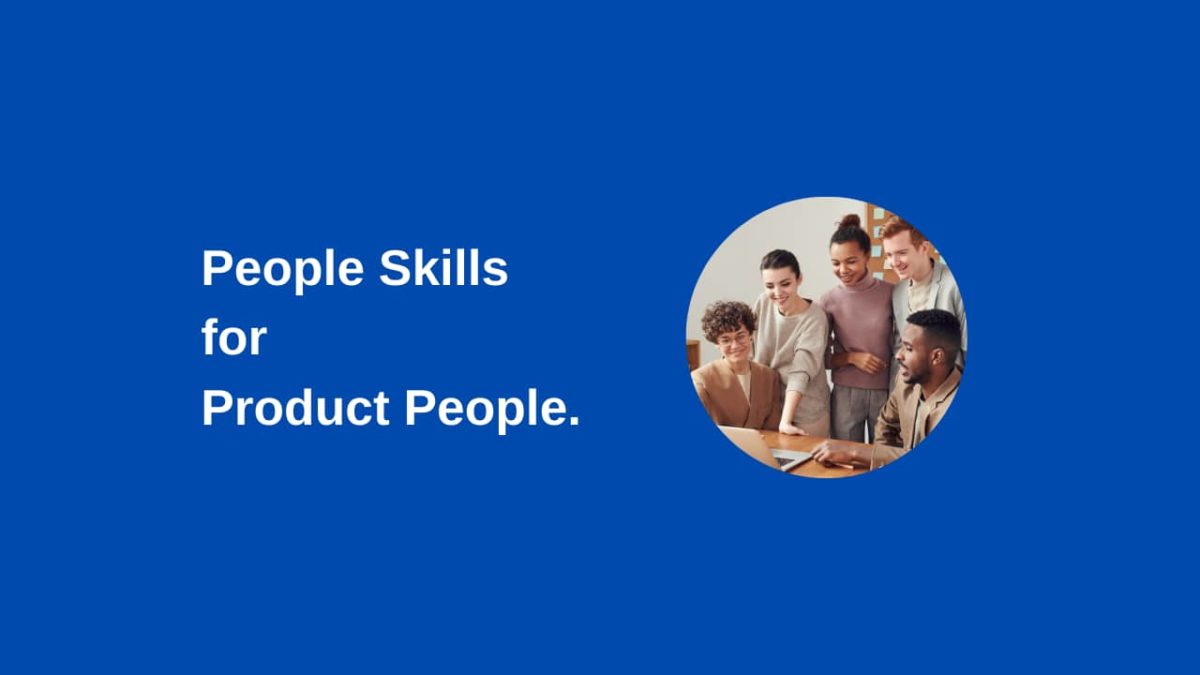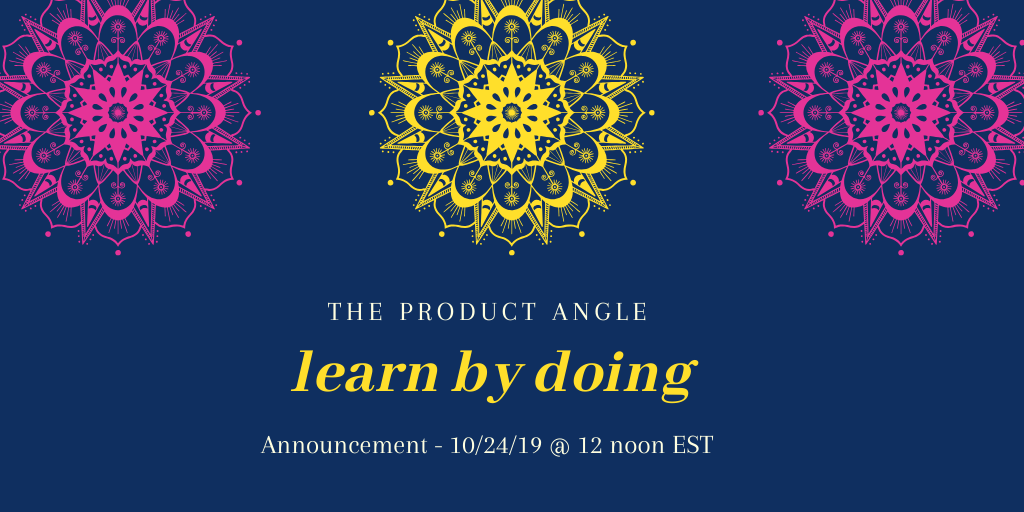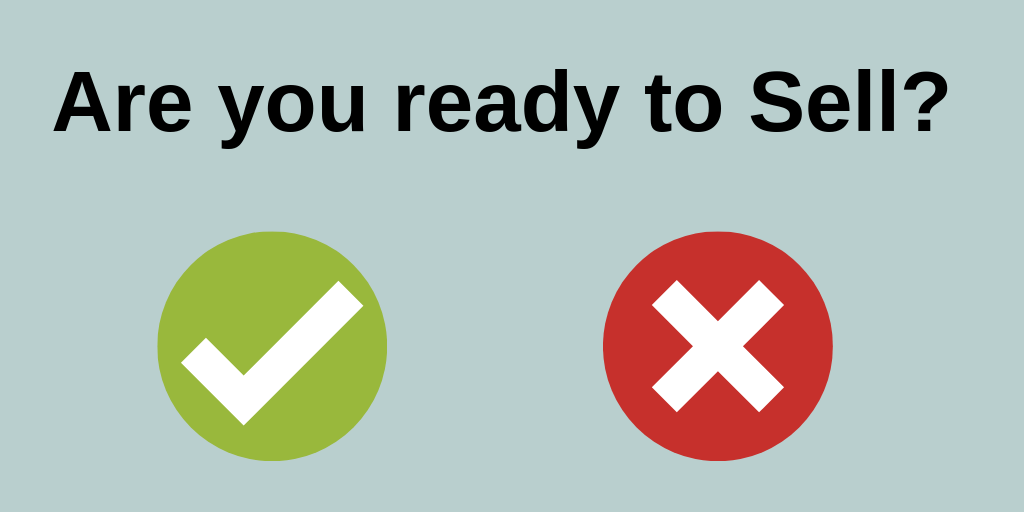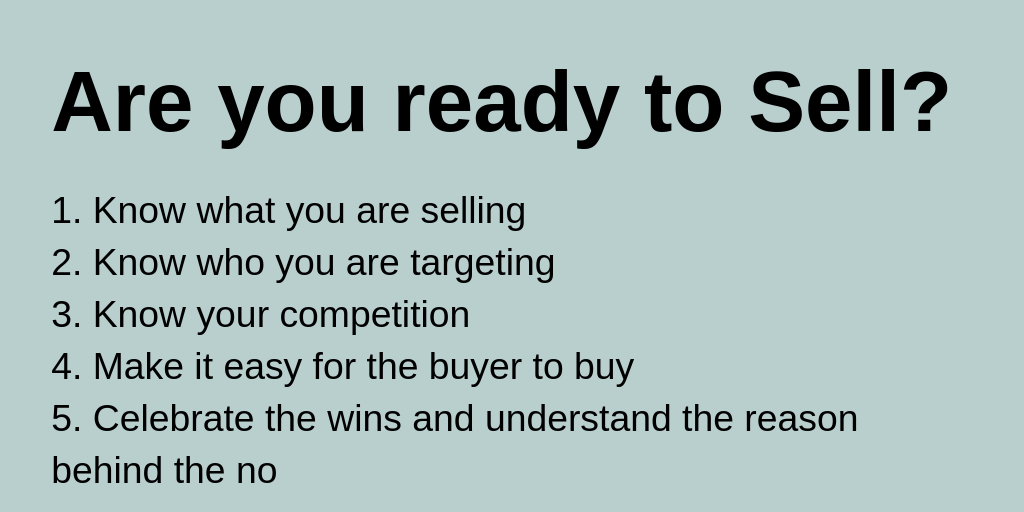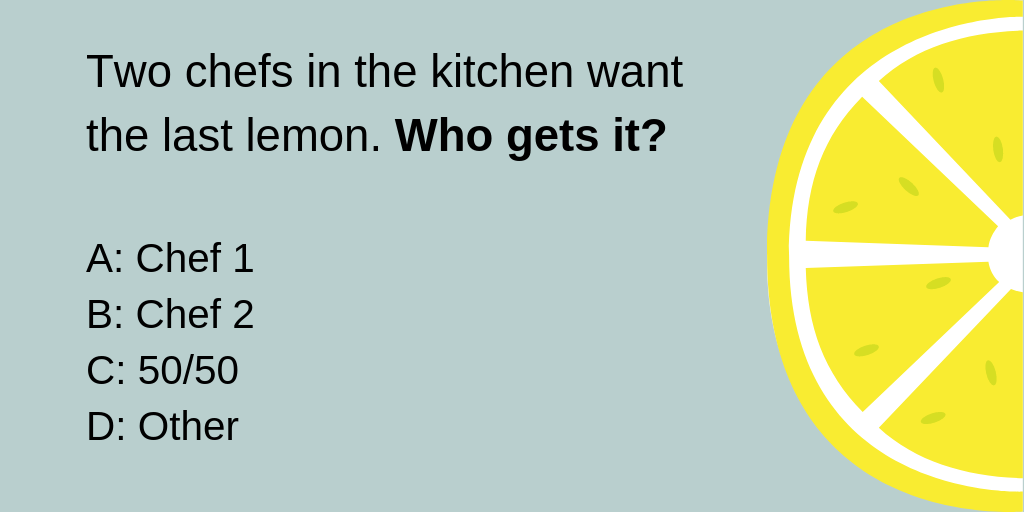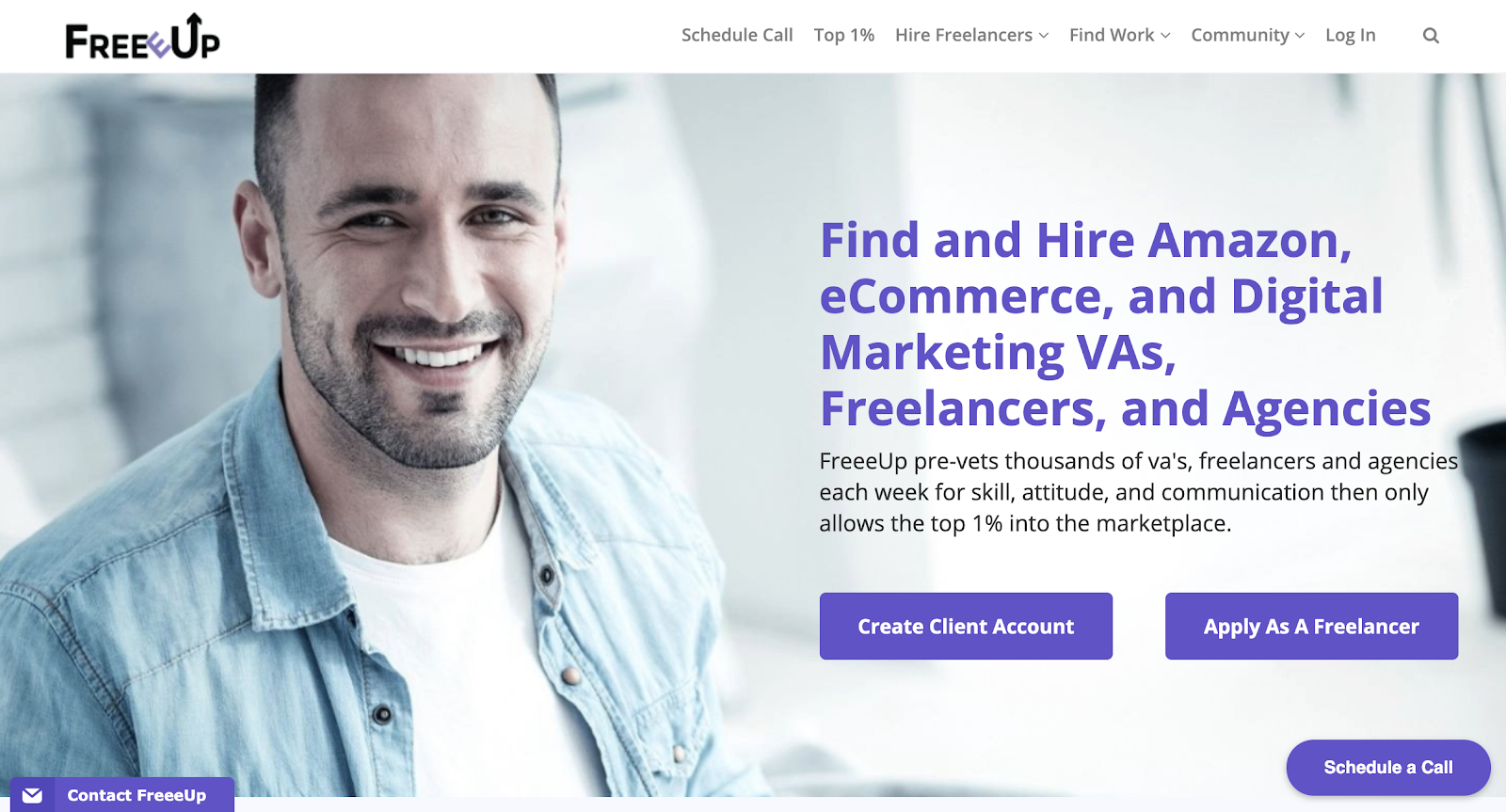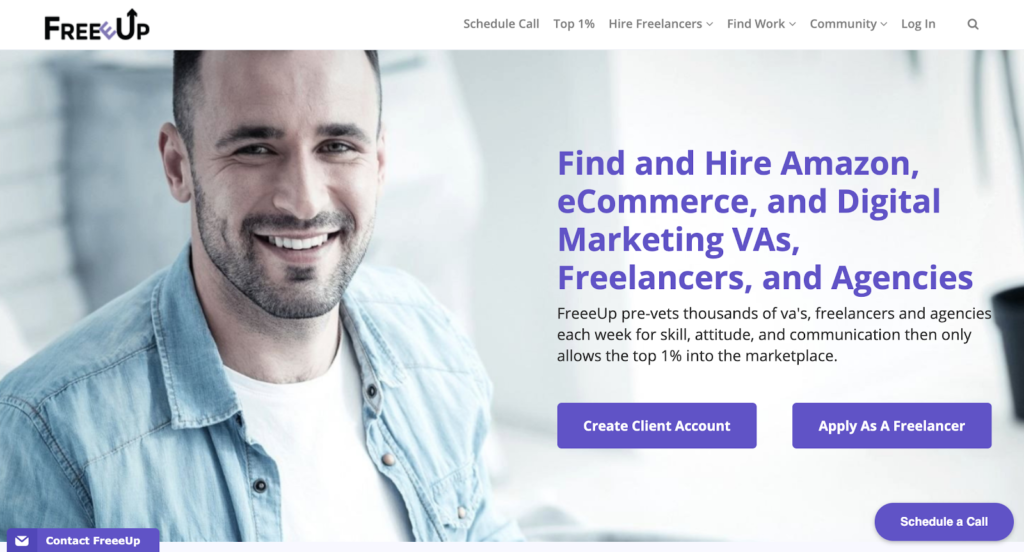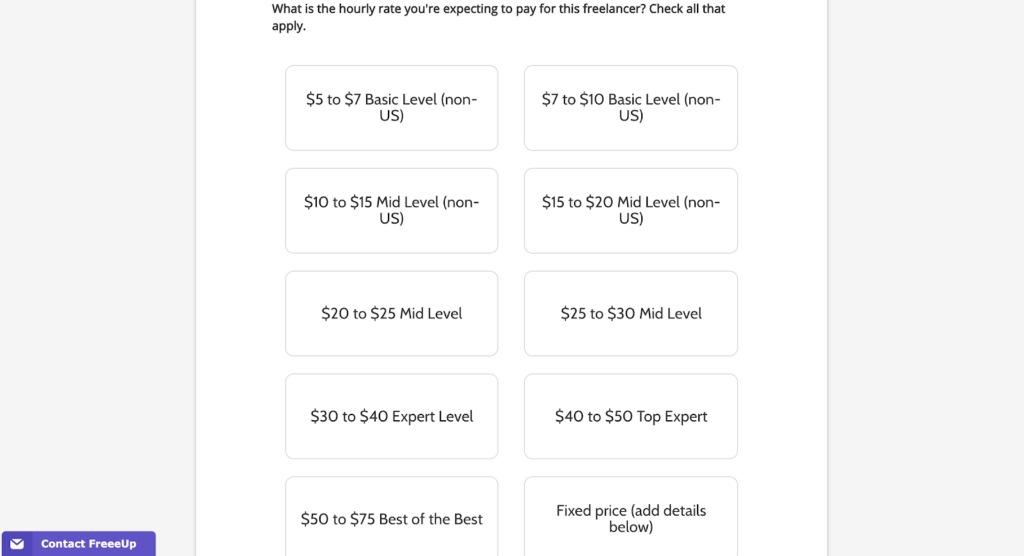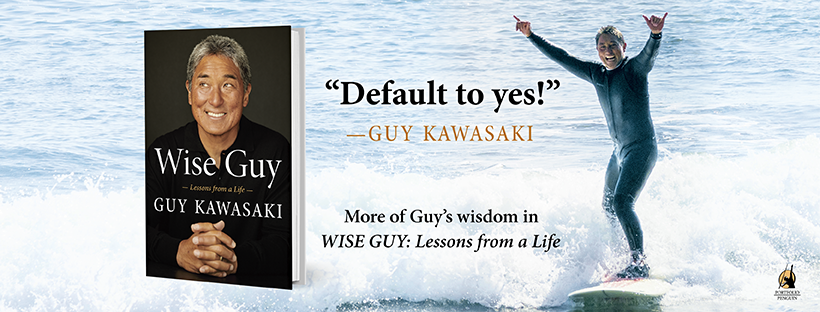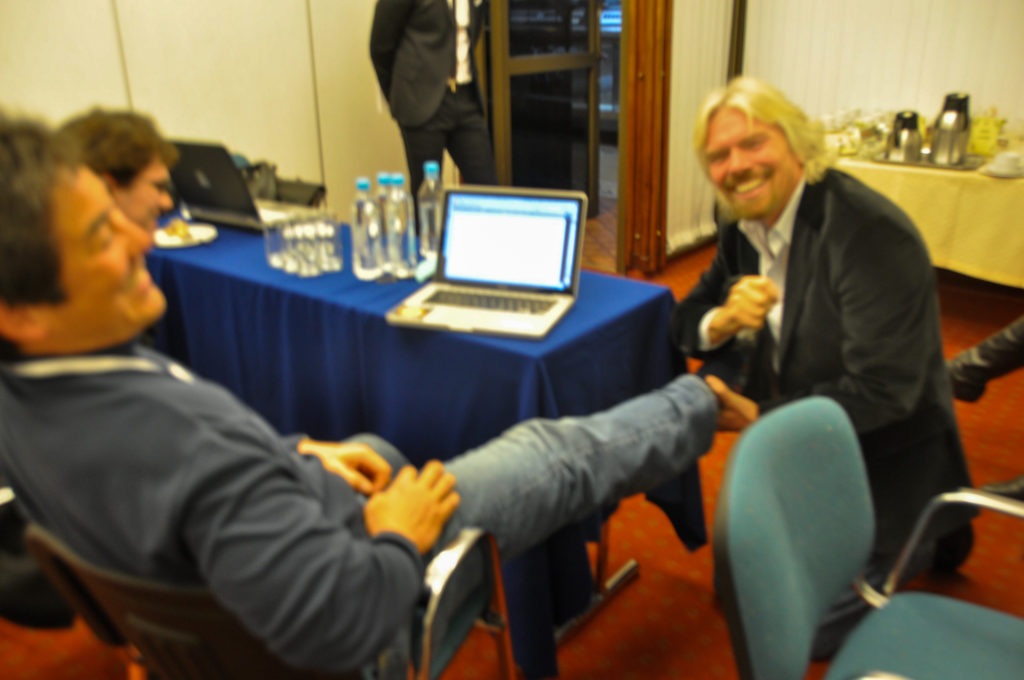Should Product People Learn Debate Skills?
While in school I enjoyed a healthy debate. However, as I grew older realized debates can get very toxic especially when emotions are involved. However, debates can be fun if executed properly. Recently I appeared on BBC Asian Networks big debate with Qasá Alom. Being on the show got me thinking should product people learn debate skills?
Should Product People Learn Debate Skills?
This post in broken into three subsections:
What is a debate?
My recent debate experience
Should Product People learn debate skills?
Final Thoughts
What is a debate?
The BBC has a video answering the question What is a debate?. Some of the key points from the BBC video include:
- Speak confidently and make eye contact.
- You need to use persuasive language, evidence and facts to prove your argument is best.
- You can challenge the other person’s ideas, but don’t be rude to them.
- Finish with a strong conclusion.
According to American Debate League:
A debate is an organized argument or contest of ideas in which the participants discuss a topic from two opposing sides. Those who agree with this statement or idea are the “Pro” side. Those who will not agree with this statement or idea are the “Con” side. Each side will show in an organized and clever way why they believe to have the right answers. They will use examples and evidence to support their ideas while working towards a conclusion.
My Recent Debate Experience
While listening to the BBC Asian Network on December 08, 2020, Qasá introduced the topic for the big debate. One of the questions Qasá raised is:
Are you surprised Millwall players will not take a knee?
I immediately felt I needed to text in. This one touched a nerve. So I texted:
For the debate
In my opinion, you can’t keep everyone happy. It’s about time to take a stand. If fans boo and the team now won’t take a knee because they are worried about consequences do they really support BLM or is it for show?
True colors show eventually and so does being fake.
Cheers,
Pradip Khakhar
@pradipcloud
A little background
To set the context here Millwall is a football (soccer for my US friends), team. Since June 2020 football teams in the UK have been taking a knee to support the BLM movement. Yesterday, December 07, 2020, Millwall played Derby, and before the kick-off, the players took a knee. However, “some fans” booed.
Watch it here.
As a result, the BBC reported Millwall and QPR players to stand arm-in-arm in ‘show of solidarity’ before Tuesday’s match. In the article, the author also writes: “It comes after some Millwall fans booed the players taking a knee before Saturday’s defeat by Derby at The Den”.
The call from the producers
Once I sent the text I went on with my day. Then I got a call from the producers of the show If I’d be interested in chatting live. Of course, yes I said without hesitation.
I was told someone would call me at 10:30 am. I immediately started to think about what to say. From listening to the show nearly every day and appearing on the big debate once before. I knew I would have 2-3 mins to chat.
Going back to the question: are you surprised Millwall players will not take a knee? I started thinking and writing what I would say.
Going live
As the producer had mentioned earlier, I got the call at 10:30 am, I waited for Qasá to do his introductions and to my surprise, I was the first. guest.
Are you surprised Millwall players will not take a knee?
Yes, of course, however, here’s what I said (edited):
First, everyone has a right to do what they want (within legal limits). We are all one on this planet. In my opinion, if Millwall players stop taking a knee as a result of their fans booing. To me that suggests two things:
- Millwall are looking to attract a particular/ specific fan base. There is nothing wrong with that. and.
- I would question the motivations of Millwall’s leadership. Do they really support the BLM movement or is this a show?
Then I went on to read what Colin Kaepernick said told NFL Media in an exclusive interview after the game 2016:
“I am not going to stand up to show pride in a flag for a country that oppresses black people and people of color,”
Qasá asked if taking a knee is the only way to support BLM or does standing arm to arm also supports the cause?
I added that the timing of the change is very suspect. Last night the fans booed and today they are changing how they are supporting the cause.
Does that mean that BLM but only to an extent?
By changing how they support (in response to the fans) is the message being oppressed to what the fans find acceptable?
Qasá raised some good very good valid points:
- Can the club’s actions be different from the player’s actions?
- Many supporters don’t want to be associated with BLM because of the political association. What can be done to differentiate between supporters who want to support eliminating racism, however, do not feel comfortable supporting something that is political?
Qasá asked me what can be done to separate the BLM movement from how political it has become?
I thought OMG I’m getting more airtime, surely I’m getting close to an (unspoken) time limit. Will Qasá tell me my time is up, I needed to think very quickly about how to respond quickly and effectively yet creating an impact.
Contrast
In short, I said that it’s definitely possible to separate the club’s action from the players. I also brought up a similar situation (without derailing the topic) when Sainsbury introduced a holiday ad with a black family. Sainsbury unfortunately received a lot of hate for this. However, the CEO’s from competing supermarkets stood with Sainsbury in solidarity.
Very disappointed with the negativity around this ad.
Kudos to the creative team at @sainsburys I'm looking forward to shopping at #sainsburysXmas
C'mon UK we are all one 💚 https://t.co/DumpRcuoCK
— Pradip Khakhar (@pradipcloud) November 19, 2020
The Interesting Part
For the second question, my mind was racing in different directions. My product manager hat started to come on.
Here is what I said
I went back to what Colin Kaepernick said (I’ve mentioned it above) and that we need to go back and focus on what Colin was taking a knee for and understand why the football team’s in the UK are taking a knee.
I knew Qasá wanted something more specific, however, my radio inexperience, perceived time limit, and excitement I chose to go the “safe” route.
What I wanted to say
When Qasá asked a specific question (What can be done to differentiate between supporters who want to support eliminating racism, however, do not feel comfortable supporting something that is political? I immediately went into product manager mode.
Immediately I thought should I be brave and ask Qasá if it was ok to ask him and Qasá’s other two guests one question before answering his question.
My question is: In ten seconds or less “when you see someone taking a knee what does it mean to you?”
I had a hunch that Qasá’s two other guests would say something similar to the first person who answers. However, not fully understanding the significance of taking a knee.
Later in the show, Qasá did ask his other guests the same questions. All meanwhile I was texting the show when I agreed and disagreed.
What I didn’t get a chance to say
Does football have a positioning and messaging challenge when it comes to racism?
While I am no expert in British Football. However, I understand the FA, various organizations, players, and individuals are working hard to eliminate racism.
Football teams are also in the business of creating communities. Communities on social media, fan apps, emails, physical mail. What are they doing to communicate why they are taking a knee with their fans?
Do football teams have a diversity and inclusion officer?
If not why not? and,
If yes,
Are they really empowered to effectuate change?
Do they have a seat at an executive leadership table?
Do we need to do more at a grassroots level and at the top from a leadership level?
The UK/ US difference
As someone who lives on both sides of the pond. I’ve first hand seen the response when Colin Kaepernick took a knee in 2016. Right up to first hand seeing the BLM protests in NYC in June 2020. Literally 20 mins from my home.
In my opinion, BLM started in the USA to bring awareness to inequality for our Black friends and family. While Colin does mention “black people and people of color” I believe the intent is to draw attention to Black people.
In the UK the sense I get is that it is broadened to include all people of color.
Again, I am no expert in BLM or interpretations in the US/ UK. These are purely my views based on what I’ve learned so far. If my understanding is not up to par let’s let’s talk.
Should Product People learn debate skills?
First, let’s get this out there. Based on the definition provided above you are more than likely not going to be following the debate setup you saw in school. There probably won’t either be an organized session called a debate. There won’t be a judge and a winner or loser.
However, what I am saying and the point of this article is I think the skills you’ll learn and develop by debating can help you in your role as a product person.
7 skills you’ll learn by debating
- Empathy – While there are various types of empathy. For the purposes of this post, the takeaway point is the ability to see the person’s point of view or perspective.
- Curiosity – In order to debate a topic, the topic must be researched and viewed from multiple angles.
- Persuasion – While working toward the conclusion in a traditional debate you need to persuade the opposing team and the judges of your viewpoint.
- Point of view – When debating you’ll either be pro or con. Therefore, you’ll need to frame the idea or issue.
- Communication skills – As a participant, you’ll need to communicate your position in discussions that might often get lively or heated. Maybe even disagreements.
- Listening skills – What is your opponent saying and heading?
- Ability to think fast on your feet – When responding directly to the other side, your response should address any curveballs thrown at you.
Example
Let’s break this down with an example.
Have you been in a similar situation?
The engineering team has been asked to make a change. However, the engineering manager has pushed back because the number of hours needed to make the change is more than the perceived ROI.
If we break it down; the engineering manager doesn’t want to make the change and ROI is the reason. This could mean:
- The value prop has not been communicated effectively to the engineering manager.
- The engineering team has other priorities and cannot make the change.
- Or something completely different
First, we need to understand what is the reason for not making the change. What exactly is the perceived ROI in this case. Effectively understand why (empathy).
Trying to find out why can be daunting sometimes, especially if from an organizational structure the engineering manager is senior. Plus access will likely be limited.
Most likely there will be some back and forth. Develop your listening skills to understand what really the engineering manager is saying and why.
Once the underlying reason for not making the change is understood. Using curiosity and creativity propose a solution that creates a situation where both parties are able to move forward and find success.
This could mean reframing the challenge or point of view and communicate your why to the engineering manager. With the aim of persuading the engineering manager that the change requested needs to be made.
No matter how much you prepare, you may get thrown a curveball during your discussion. If taking in person or face to face (i.e. zoom/ phone) synchronously, thinking fast might create faster agreements. As opposed to saying let me think about it or let me get back to you.
Final Thoughts
To make it very clear, I’m not saying product people should debate. I’m saying some of the same skills developed debating can come handy for product people.
If you are new around here check out 10 Product Management Skills to practice in 2021.
